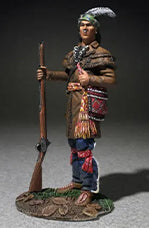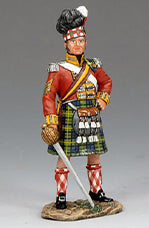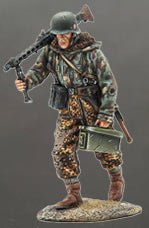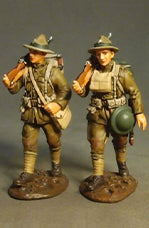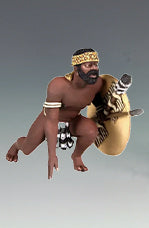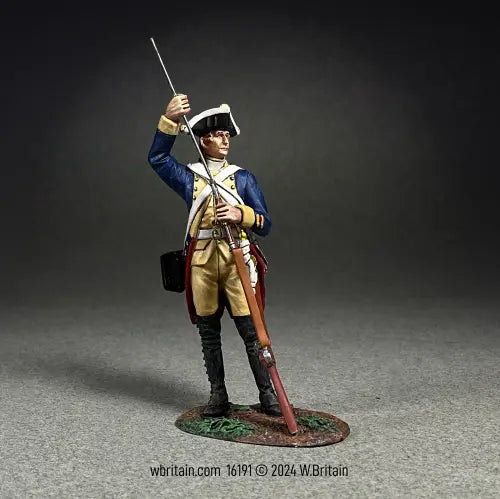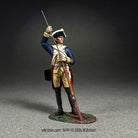16191 - Hessian Regiment von Donop, Ramming Cartridge
Couldn't load pickup availability
NEW! IN STOCK!
Hessian Regiment von Donop, Ramming Cartridge
Muskets of the 18th century were always equipped with a ramrod that was carried below the barrel in small retainers called pipes. The earliest ramrods were often wood with a metal tip, but these could swell in wet weather making them difficult to remove. By the middle of the century most military muskets used steel ramrods to prevent this problem. In the 12 steps required to load and fire a musket the ramrod was removed from the pipes with a swift movement of the right hand after the powder and ball was placed in the end of the barrel. The charge and ball was then firmly seated by pushing the ramrod toward the breech then immediately returning it to the pipes, until needed again.
1/30 Scale
Matte Finish
Single Figure

